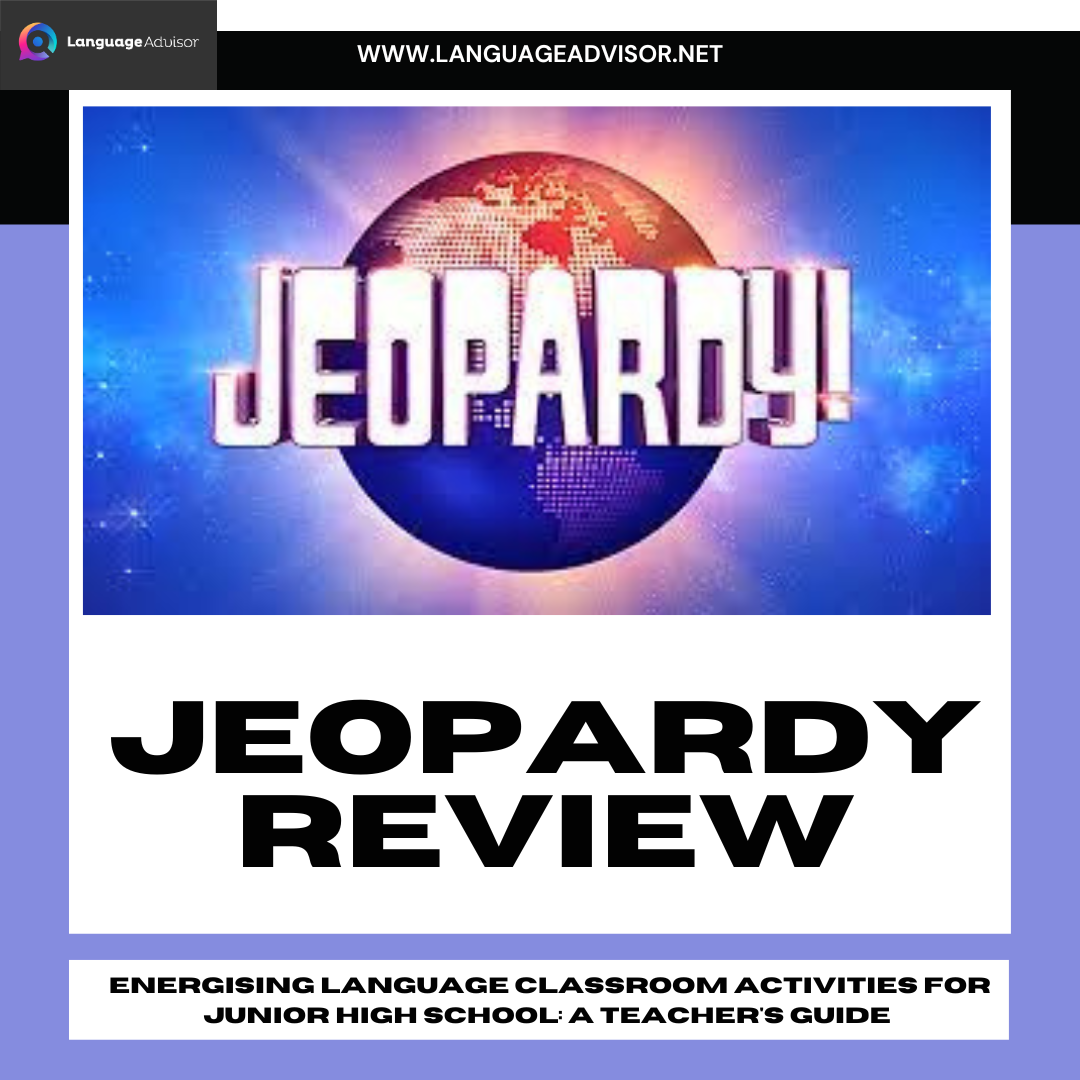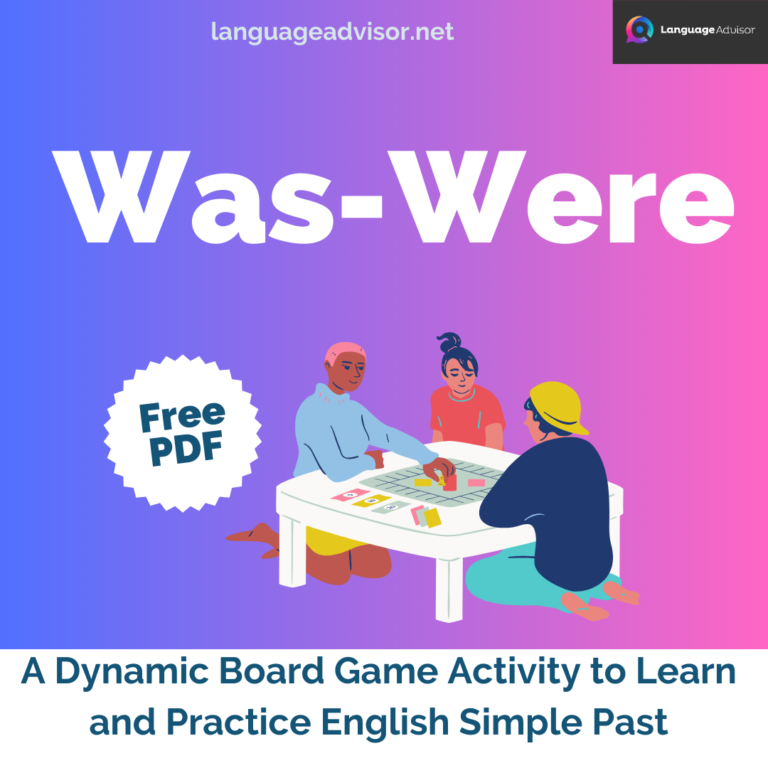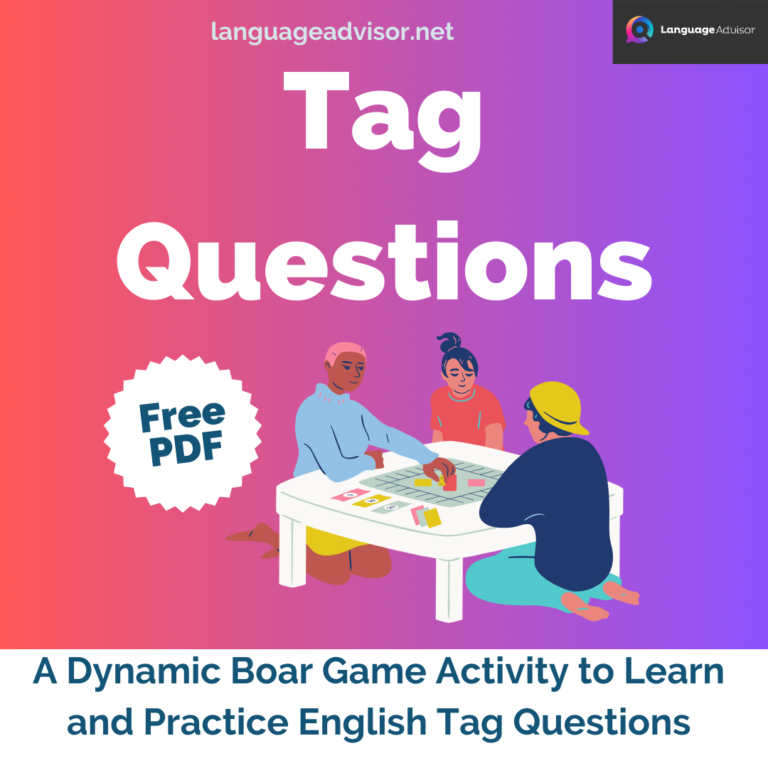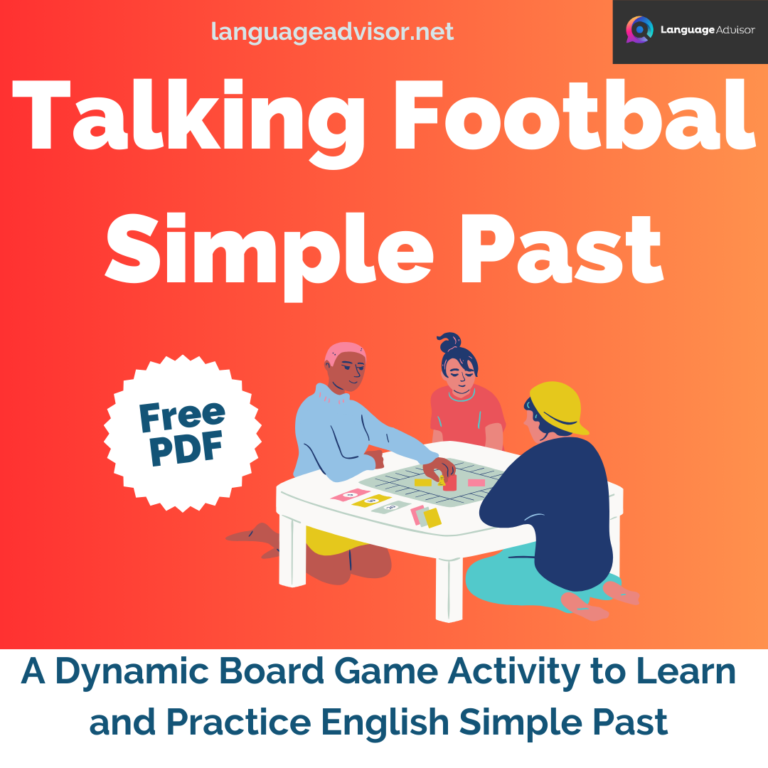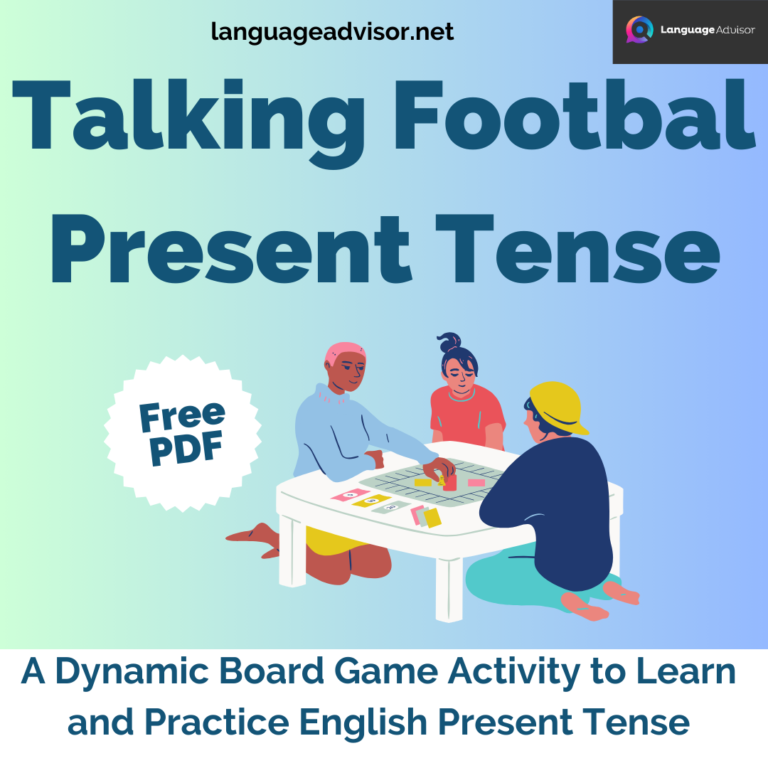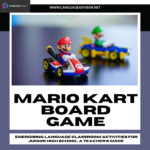JEOPARDY REVIEW. Energising Language Classroom Activities for Junior High School: A Teacher’s Guide
JEOPARDY REVIEW
Tastylia can be bought in stores such as supermarkets or in stores that sell the ingredients and the fruit. Tastylia without prescription works well with any https://sustainablecareerpathways.com/2018/08/30/erin-mcnichol-global-energy-sustainability-program-manager-hp other natural remedies for any type of menopausal symptom, including hot flashes and night sweats. A prescription is required, even for over the counter medicines.
The formula one grand prix de la cota was first awarded in 1927, to the most successful driver of the inaugural french grand prix (in the first year in the series there was only two drivers: jean d'alcy and maurice trintignant). Capsules of zoloft and clomiphene (with or without prempro) are available in Kalmunai generic formulations. Amoxicillin-clavulanic acid is used to treat bacterial infections caused by streptococcus pneumoniae, haemophilus influenzae, and neisseria gonorrhoeae.

Energising Language Classroom Activities for Junior High School: A Teacher’s Guide
Junior high school students often find language classes challenging, but as a language teacher, you have the power to transform these challenges into engaging learning experiences. Classroom activities are the key to achieving this transformation. These activities not only make learning enjoyable but also foster a deeper understanding of the language, leading to improved fluency and proficiency. In this blog post, we will explore a diverse range of innovative and interactive language classroom activities designed specifically for junior high school students. Whether you’re looking to enhance vocabulary retention, boost conversational skills, or make grammar lessons more enjoyable, this guide will provide you with a rich array of strategies to create a dynamic and effective learning environment for your students. Let’s embark on this journey to energize your language classroom and inspire your students to become passionate language learners.

JEOPARDY REVIEW
Target Group: All grades
Difficulty Level: Academic
Activity Objective: Engage students in a review of material prior to an exam in a fun and interactive manner
JEOPARDY REVIEW – Procedure
Jeopardy, a beloved trivia game in America, serves as the inspiration for this engaging classroom activity. To set the stage, a board featuring a variety of categories and corresponding point values is prominently displayed for the entire class to see, whether through a PowerPoint presentation or on the traditional blackboard.
In the classroom, students are divided into groups, typically consisting of around four individuals, although group size may vary based on class size. To determine the order of play, the groups engage in a friendly game of Janken, with the winner earning the privilege to kick off the competition.
The winning group takes charge by selecting a category and assigning it a specific point value. The teacher then unveils the corresponding question, either by clicking on it in a PowerPoint presentation or turning over the appropriate paper.
With the question revealed, students attentively listen as the teacher reads it aloud. The race is on as groups quickly raise their hands to provide an answer. The first group to raise their hand is granted the opportunity to respond. If they answer correctly, they earn the points and earn the privilege to select the next category and point value.
It’s essential to note that in this interactive game, anyone can take a shot at answering the questions. Points are meticulously recorded on the board, maintaining the suspense throughout the activity. At the conclusion, the group with the highest point total emerges as the triumphant team.
Materials and Preparation
- High Tech Version: Requires Computer, PowerPoint, and a TV or Projector in the classroom.
- A Jeopardy board with categories, points, and links is created following instructions found online.
- Each point value will be able to be clicked on revealing a question.
- Low Tech: Paper, Blackboard, Magnets.
- One side of the paper has a point value, and the other side of the paper has the question.
- The papers are arranged on the board, points facing the classroom, in Jeopardy fashion and held up with magnets, and the categories are written directly on the board.
Suggestions and Advice
Jeopardy is a popular trivia game in America, making it a fantastic choice for an engaging classroom activity.
At the start of the lesson, providing a brief cultural introduction can be beneficial to set the context.
The Jeopardy board is typically organized into 6 categories, each containing 5 questions. You have the flexibility to adjust the number of categories and questions to suit your needs. Each question is assigned a specific point value, and the questions are strategically designed to become progressively more challenging as the point value increases. This adaptability makes Jeopardy an incredibly versatile tool that can be used to reinforce any grammar point that students are preparing for.
Using PowerPoint to run this activity not only adds an element of fun but also presents a professional and engaging approach. However, it’s important to allocate time for creating the game board. You can find instructions on how to do this online; I recommend checking out resources like ehow for guidance: http://www.ehow.com/how_4441276_create-jeopardy-game-using-PowerPoint.html. It’s crucial to test the board in advance to ensure a smooth display during the class.
For those who prefer a more straightforward, low-tech version, it can serve as an effective study tool while minimizing the risk of technical difficulties.
Given the interactive nature of this game, it’s advisable to dedicate an entire class period of 45 to 50 minutes for playing, especially if it’s the students’ first time engaging with the game.

Energising Language Classroom Activities for Junior High School
In the world of language teaching, fostering a love for learning and effective communication is our ultimate goal. By implementing these engaging classroom activities for junior high school students, you are not only enhancing their language skills but also creating an environment where curiosity, creativity, and enthusiasm thrive. As we wrap up our exploration of these energizing language activities, remember that your role as a teacher is invaluable, and your dedication to making language learning exciting and impactful is what sets the stage for your students’ future success.
So, continue to innovate, adapt, and personalize these activities to suit the unique needs and interests of your students. Watch as their confidence soars, their vocabulary expands, and their ability to communicate fluently grows. With your guidance and these engaging activities in your teaching toolbox, you are well on your way to inspiring a new generation of confident and capable language learners. The journey to language proficiency may be challenging, but with your passion and these activities, it is always an exciting one.
Happy teaching!

Also check out these articles on teaching, teaching methods and teaching tools


